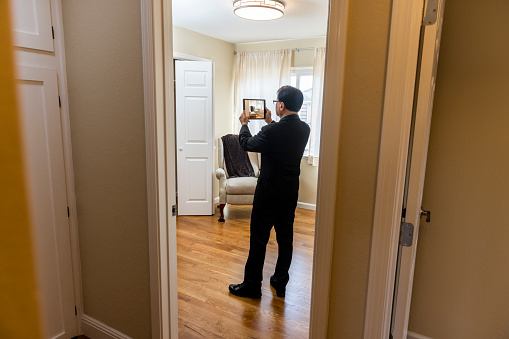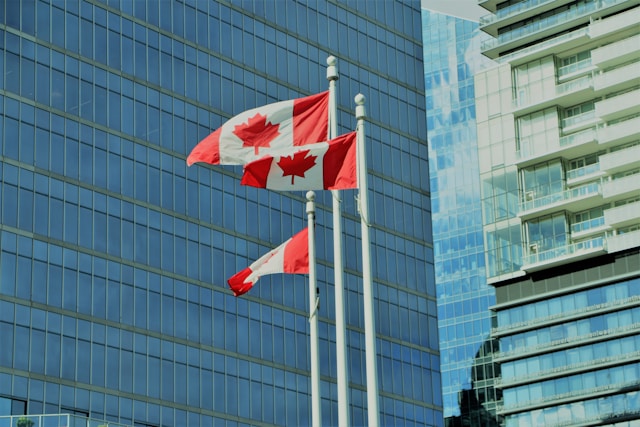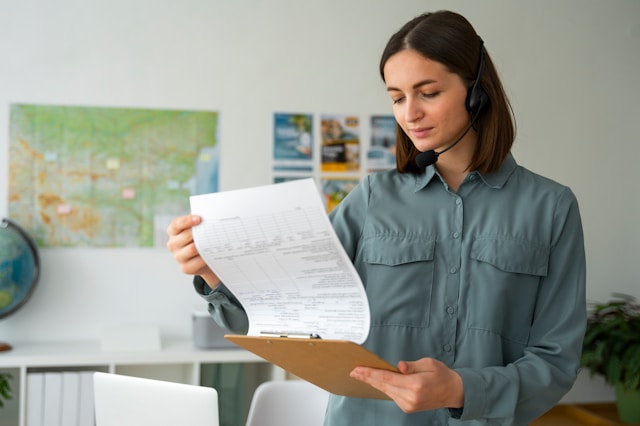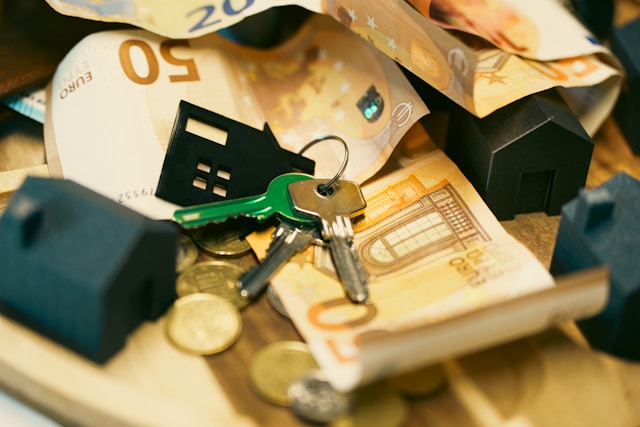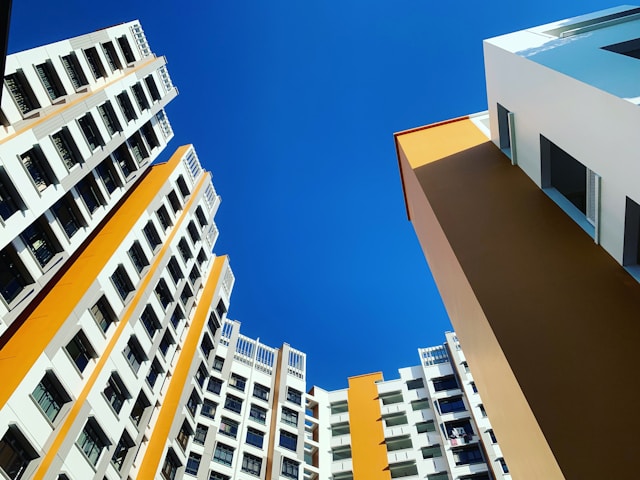Remote property inspections have become increasingly popular in this digital age. These inspections allow property managers, landlords, and tenants to assess properties without having to be physically present.
In this article, we will provide guidelines for conducting remote property inspections, including the purpose of the property inspection management, potential limitations, the inspection process, and how to gather feedback and suggestions for improvement.
Purpose of the Inspection and Information to be Gathered
The purpose of a remote property inspection is to assess the condition of a property and identify potential safety hazards, assess maintenance needs, and determine necessary repairs. Remote property inspections are also an excellent way for property owners to understand the current state of their property and make informed decisions on repairs and maintenance. This assessment can be conducted as part of a routine inspection to ensure that a property is well-maintained and safe for tenants.
During a remote property inspection, the manager or owner should gather as much information as possible about the property, including:
- The overall condition of the property, including any damage or wear and tear
- The condition of any appliances or equipment included with the property
- The presence of any pests or other environmental hazards
- The functionality of the plumbing, heating, electrical, and cooling systems
- The presence of any safety hazards, such as loose handrails or exposed electrical wiring.
- It is also important to note any necessary repairs, such as cracks in the foundation or a leaky roof.
The more detailed the information gathered during the inspection, the easier it will be for property owners and managers to make informed decisions and manage the repairs and maintenance.
Potential Limitations and How to Mitigate Them
While remote inspections are a useful alternative to traditional on-site inspections, they do have limitations. Let’s discuss some of the potential limitations of remote property inspections and what actions to take to mitigate them.
- Limited visibility: One significant limitation of remote visual inspections is that they are limited, and it may be challenging to identify certain issues without being physically present. For example, it may be difficult to assess the condition of the roof without seeing it for yourself.
Mitigation: To mitigate this limitation, it may be necessary to conduct multiple remote inspections, use remote video inspections or use virtual reality property inspection technology to provide a more detailed assessment of the property. Also, it may be necessary to request additional information from the tenant, such as photographs of areas that are not visible during the remote inspection. However, it is important to note that these methods may not be suitable for all properties or situations.
- Complex or unique properties: Remote inspections may not be suitable for all properties, especially those with unique or complex features. For example, a historic building may require an on-site inspection to assess its condition accurately.
Mitigation: Property owners and managers should consider whether a remote video inspection is appropriate for their specific property and consult with a professional if necessary. In some cases, it may be necessary to conduct both a remote and on-site inspection to get a complete picture of the property’s condition and insert information into the remote inspection software.
- Technical difficulties: Remote inspections rely heavily on technology, and technical difficulties can arise, such as poor internet connectivity or equipment malfunctions.
Mitigation: Property owners and managers should ensure that they have reliable internet connectivity and remote visual inspection equipment before conducting a remote inspection. They should also have a backup plan in case of technical difficulties, such as rescheduling the inspection or conducting an on-site inspection if necessary.
The Inspection Process
When conducting a remote property inspection, it’s important to follow a clear process to ensure that all relevant information is collected and that any issues or concerns are documented. Here are the key steps for conducting a remote home inspection and the information that should be shared in advance:
- Prepare for the inspection: You should inform tenants or property occupants of the remote home inspection and its purpose. You should also provide instructions on how to prepare for the inspection, such as ensuring that all areas of the property are accessible and providing any necessary access codes. This ensures that the remote home inspection runs smoothly and that all necessary information is gathered while respecting tenants’ privacy. You should also confirm the date and time of the inspection, and ensure that the property is ready for inspection.
- Conduct the inspection: During the inspection, you should use virtual inspection tools, such as virtual reality (VR) property inspection, to assess the property from a remote location. You should take detailed notes and photographs to document any issues or concerns and ask questions to clarify any unclear information.
- Share the results: Once the inspection is complete, you should share the results. This should include a detailed report of the inspection findings, including any issues or concerns that were identified, as well as recommendations for addressing those issues.
Choosing the best property management company can provide you with expert guidance and support.
Collecting Feedback and Suggestions for Improvement
After the inspection, property owners and managers should collect feedback and suggestions from tenants or property representatives to determine whether any improvements can be made to the remote inspection process.
You can collect feedback and suggestions for improvement from tenants through a variety of methods, including online surveys, in-person discussions, and suggestion boxes. By actively seeking feedback from tenants, you can identify areas where improvements can be made and take steps to address any issues or concerns that are raised. This can help to improve tenant satisfaction and retention, as well as maintain the value and appeal of the rental property.
In conclusion, remote property inspections are a valuable tool for property managers, landlords, and tenants. By following these guidelines for conducting remote property inspections, it is possible to ensure that a property is well-maintained and safe for tenants. If you need assistance with property inspection, you can find a property manager or choose the best property management services to help you manage your properties.
